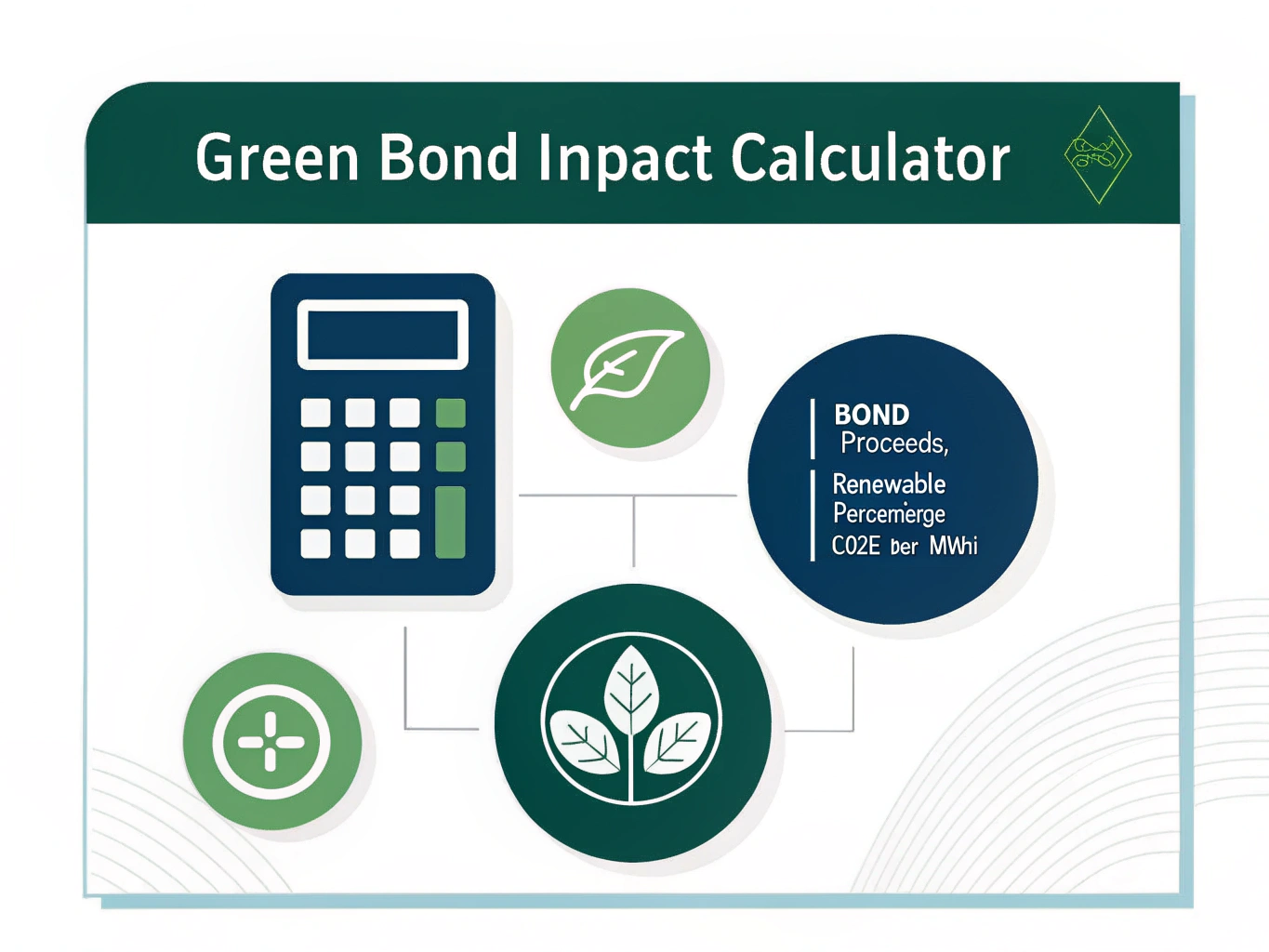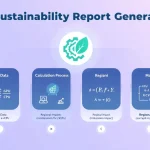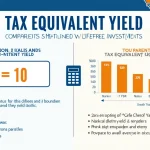Green Bond Impact Calculator
Is this tool helpful?
How to Use the Green Bond Impact Calculator Effectively
To calculate the environmental impact of green bonds through CO2e avoidance, follow these steps:
- Enter the total Bond Proceeds in USD (e.g., $50,000,000 or $100,000,000)
- Input the Renewable Projects Percentage (e.g., 85% or 92%)
- Specify the CO2e per MWh value (e.g., 0.42 or 0.65)
- Click “Calculate Impact” to see the total CO2e avoidance in tons
Understanding Green Bond Impact Calculator
The Green Bond Impact Calculator is a specialized tool designed to quantify the environmental impact of green bonds by measuring carbon dioxide equivalent (CO2e) avoidance. This calculator aligns with EU Taxonomy standards and helps investors, issuers, and stakeholders evaluate the environmental benefits of their green bond investments.
The mathematical formula used for calculation is:
$$ \text{Impact} = \frac{\text{Bond Proceeds} \times \text{Renewable Projects Percentage} \times \text{CO2e/MWh}}{100} $$Core Components of the Calculator
- Bond Proceeds: The total amount of money raised through the green bond issuance
- Renewable Projects Percentage: The portion of proceeds allocated specifically to renewable energy projects
- CO2e per MWh: The carbon dioxide equivalent emissions avoided per megawatt-hour of renewable energy generation
Benefits of Using the Green Bond Impact Calculator
For Investors
- Quantifiable environmental impact assessment
- Enhanced portfolio reporting capabilities
- Better decision-making for ESG investments
- Simplified impact measurement process
For Issuers
- Transparent impact reporting
- Alignment with EU Taxonomy requirements
- Enhanced credibility with stakeholders
- Standardized measurement methodology
Addressing User Needs and Problem-Solving
The calculator addresses several key challenges in green bond impact assessment:
Impact Measurement Example
Consider a green bond with:
- Bond Proceeds: $75,000,000
- Renewable Projects Percentage: 88%
- CO2e per MWh: 0.48
The calculated impact would be:
($75,000,000 × 88% × 0.48) ÷ 100 = 316,800 tons of CO2e avoided
Practical Applications and Use Cases
Municipal Green Bonds
Local governments using the calculator to demonstrate environmental benefits of renewable energy projects:
- Solar power installations
- Wind farm developments
- Hydroelectric facilities
- Geothermal energy projects
Corporate Green Bonds
Companies utilizing the calculator for:
- Renewable energy facility construction
- Energy efficiency upgrades
- Sustainable infrastructure development
- Clean transportation initiatives
Financial Institutions
Banks and investment firms using the calculator for:
- Portfolio impact assessment
- Green bond fund management
- ESG reporting requirements
- Investor communications
Advanced Features and Considerations
EU Taxonomy Alignment
The calculator ensures compliance with:
- Environmental objectives
- Technical screening criteria
- Minimum safeguards
- Do No Significant Harm (DNSH) principles
Impact Reporting Best Practices
- Regular monitoring and reporting
- Transparent methodology documentation
- Stakeholder engagement
- Independent verification
Frequently Asked Questions
What is a green bond?
A green bond is a fixed-income financial instrument specifically earmarked to raise money for climate and environmental projects. These bonds are typically asset-linked and backed by the issuing entity’s balance sheet.
Why is CO2e avoidance important?
CO2e avoidance measures the reduction in greenhouse gas emissions achieved through renewable energy projects, helping organizations track their contribution to climate change mitigation efforts.
How often should impact calculations be updated?
Impact calculations should be updated annually or when significant changes occur in project implementation or when new data becomes available regarding emission factors.
Can the calculator be used for different types of renewable projects?
Yes, the calculator can be used for various renewable energy projects, including solar, wind, hydroelectric, and geothermal, as long as appropriate CO2e/MWh values are used.
What determines the CO2e per MWh value?
The CO2e per MWh value is typically based on the grid emission factor of the region where the project is located and the type of renewable energy technology being implemented.
How does this calculator support green bond reporting?
The calculator provides standardized impact measurements that can be included in annual reports, impact reports, and other communications with stakeholders about the environmental benefits of green bond investments.
What are the key factors affecting impact calculation?
The main factors are the size of the bond proceeds, the percentage allocated to renewable projects, and the CO2e avoidance factor per MWh of renewable energy generated.
How does this align with international standards?
The calculator aligns with EU Taxonomy requirements and supports reporting under various international frameworks such as the Green Bond Principles and Climate Bonds Initiative standards.
Important Disclaimer
The calculations, results, and content provided by our tools are not guaranteed to be accurate, complete, or reliable. Users are responsible for verifying and interpreting the results. Our content and tools may contain errors, biases, or inconsistencies. We reserve the right to save inputs and outputs from our tools for the purposes of error debugging, bias identification, and performance improvement. External companies providing AI models used in our tools may also save and process data in accordance with their own policies. By using our tools, you consent to this data collection and processing. We reserve the right to limit the usage of our tools based on current usability factors. By using our tools, you acknowledge that you have read, understood, and agreed to this disclaimer. You accept the inherent risks and limitations associated with the use of our tools and services.







